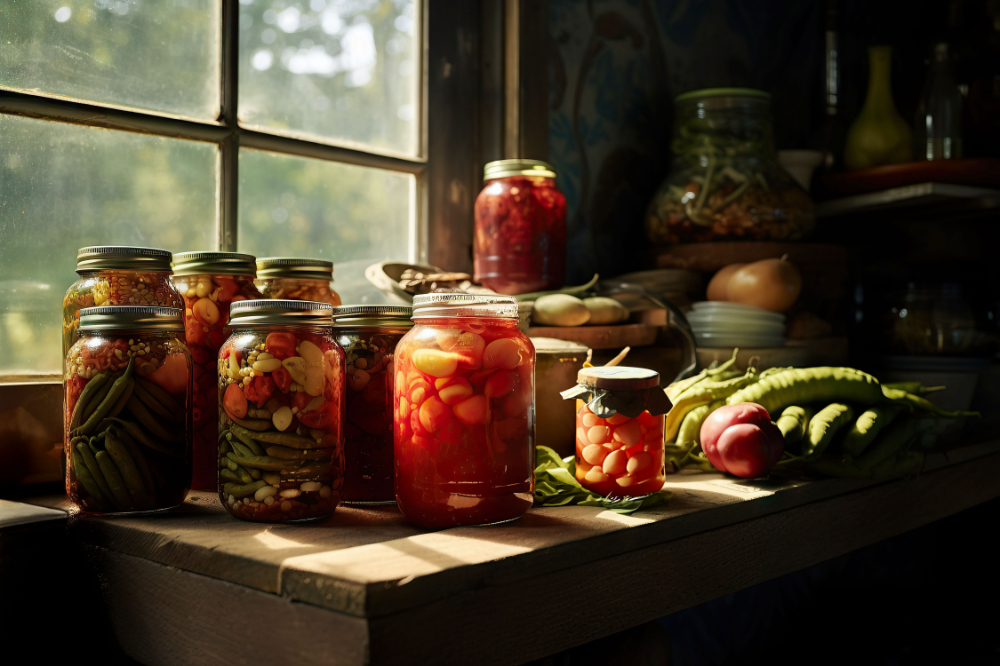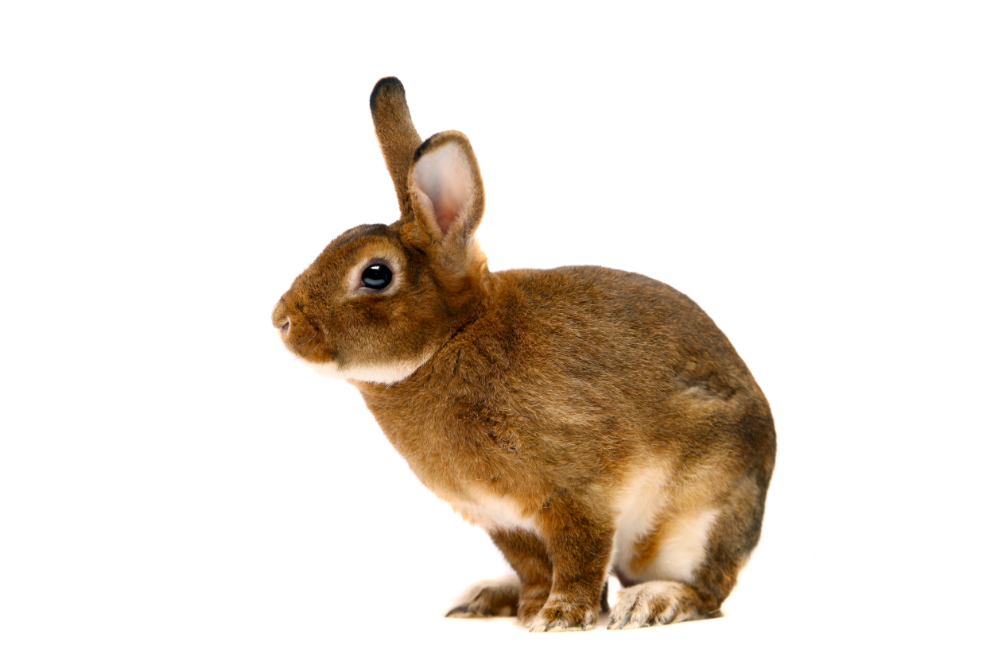Believe it or not, sometimes the grocery store shelves are empty, especially since the Covid shut down. Personal products, baby formula, meat, and let’s not forget Toilet paper! It’s a bit unnerving! We are not used to seeing this!
So let’s get prepared! There are resources in your backyard or in an empty lot where you can find wild foods so you will not be hungry!
I love growing plants in my backyard. I also love eating them. But if you’re like me, and you don’t have a green thumb, and though you may put all your hard work into a vegetable garden it may wither away with nothing to show for it but some wilted leaves. So instead of wasting time (and money) trying to grow vegetables that will probably never yield anything edible at all, why not try finding these easy-to-find plants instead? Not only will they make great additions to your salad bowl, but they’ll also save you from having to buy produce from the grocery store—which is always good news for your wallet!
Dandelion
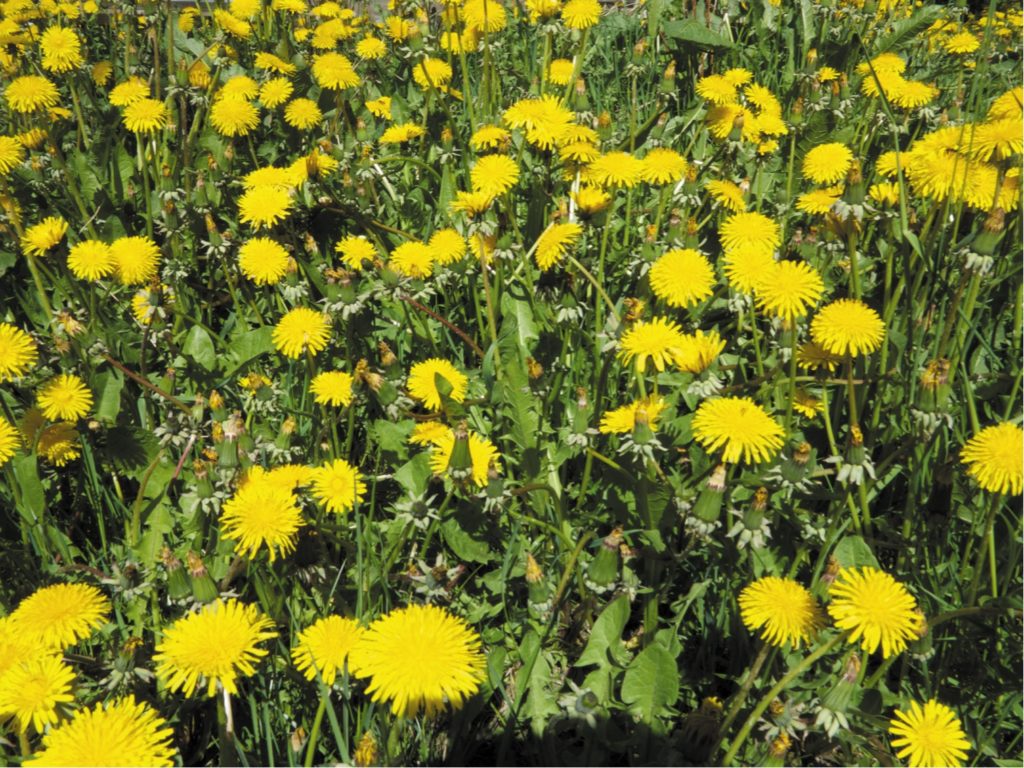
Dandelion is a common weed. It can be identified by its yellow flowers, which bloom from early spring to summer. Dandelion leaves are also edible and make a great addition to salads, stir-fries and other dishes.
Although dandelions have been demonized as an invasive species that crowds out native plants, they’re actually quite beneficial to the environment: they attract bees and provide them with nectar; their roots break up hard soils so that other plants can grow; they increase soil drainage when planted near water sources like ponds; and they have medicinal uses that date back centuries.
Dandelion greens are high in vitamins A, C and K; iron; calcium; potassium; magnesium — all nutrients that you need every day!
They tend to be bitter. If you are using them in a salad, choose the young, small, tender leaves. Some people will cook them up with butter. The blooms can be collected and used to make wine.
Chickweed
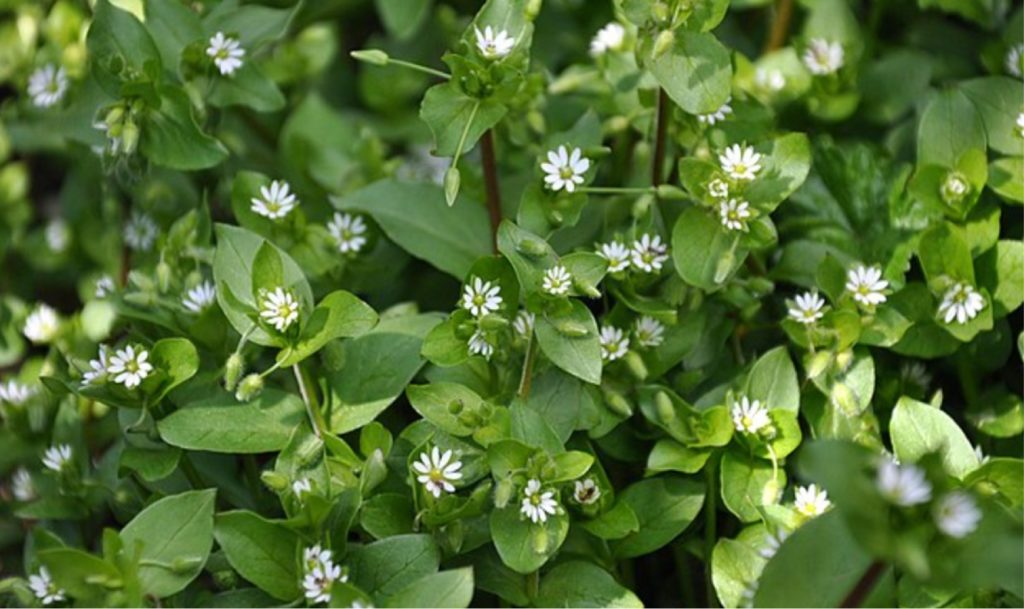
Chickweed, which you can find in most American backyards, is another plant that’s almost always free for the taking. My guinea pigs loved these greens!
The leaves are edible raw or cooked, so this weed is a great option if you’re hungry and want something simple and nutritious. You can also make chickweed tea from its leaves—simply steep them in hot water like any other herbal tea blend.
Some people cook them up in pancakes.
When harvesting chickweed, be sure not to take too much at once or you might end up harming your yard! You’ll want to harvest about one-third of what you see on each plant; there should be plenty left behind for others who happen upon it by chance (or signs).
As with all wild edibles: if at all possible buy organically grown food instead of conventionally farmed produce because that way there are no pesticides involved in growing it!
Purslane
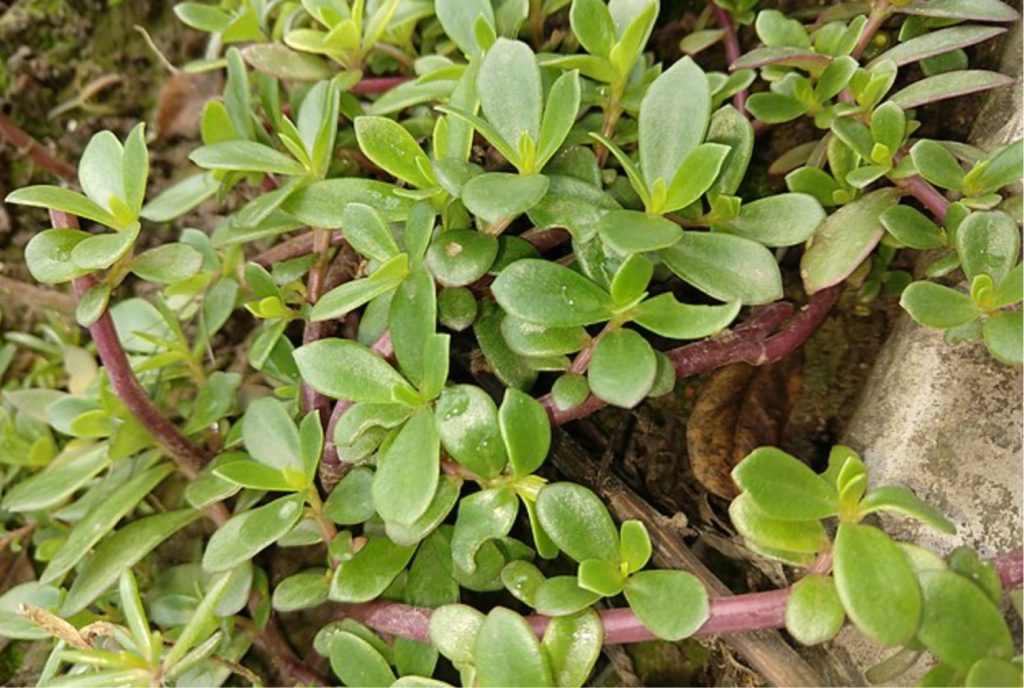
Purslane is a succulent plant, meaning it has fleshy leaves and stems. It’s easy to identify because it grows low to the ground in a rosette shape (like a tiny bush). This weed is also known as pigweed or fat hen and can be found growing in most yards, especially if those yards are neglected. For those who want fresh salads all summer long, purslane may just be your new favorite leafy green!
1 tablespoon of purslane contains:
- Omega-3 fatty acids: 53 mg (more than half the recommended daily intake)
- Vitamin C: 5 mg (10% of your daily needs)
- Vitamin A: 15 IU (5% RDV)
- Iron: 0.57 mg (20% RDI)
- Fiber: 3 g / 100g edible portion
Burdock
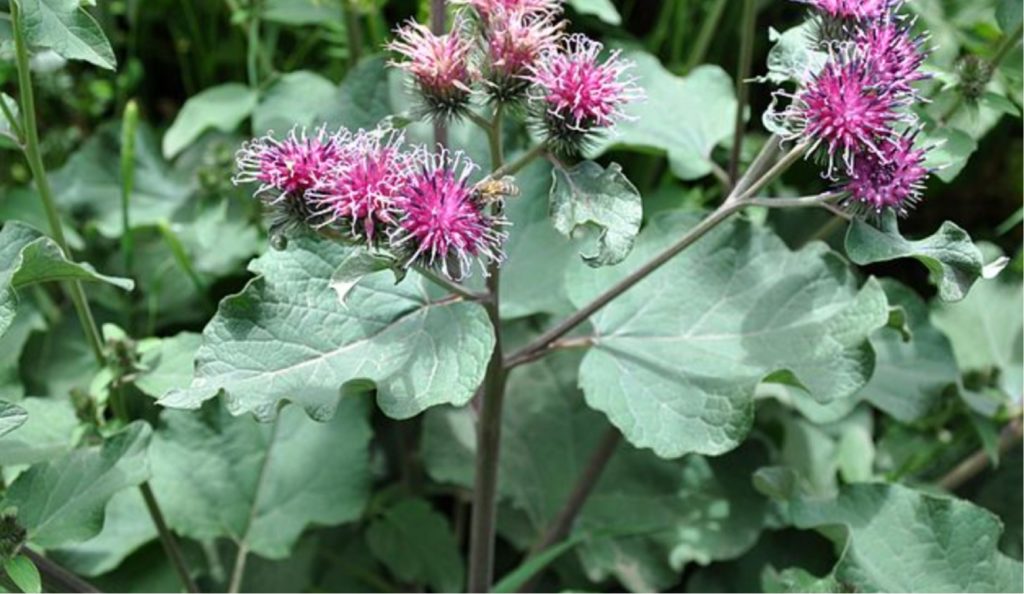
Burdock is an edible weed, but it won’t do you any good unless you know how to identify it. It can be found in the wild, either growing on its own or as part of a “garden” in someone’s yard. Burdock has large leaves that are covered in spiny bristles, and small yellow flowers that are shaped like umbrellas. Both the roots and leaves are edible if prepared properly.
The flavor of burdock can vary from light to bitter depending on how it was grown and when it was harvested; some people say it tastes like artichoke or potato with a hint of raddish! Burdock root contains many vitamins and minerals including iron, calcium, potassium (good for blood pressure), phosphorus (the building block for bones), vitamin A (important for eye health) and vitamin C (protects against heart disease).
Milk Thistle

Milk Thistle is a weed that grows in the spring. It’s easy to spot with its distinctive purple flowers and prickly stems.
It’s also edible, and is actually a good source of iron!
You can eat it raw or cooked (in salads, soups and stir-fries). I like to use it in casseroles because the flavor complements other ingredients very well.
Make sure you wash it first, and don’t eat too much of this plant raw or cooked. It can cause stomach upsets if you aren’t careful!
Lamb’s Quarters
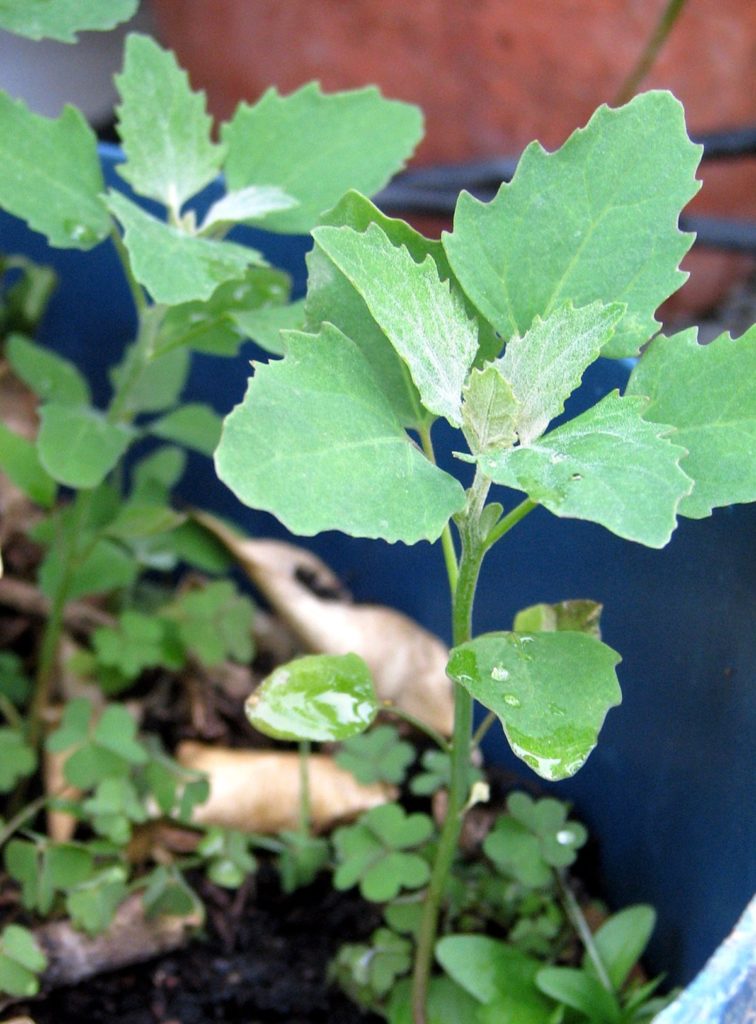
Lamb’s quarters is a common weed that can be found almost anywhere in North America. It’s part of the spinach family and grows between 2 feet and 6 feet tall, depending on the climate. The leaves are dark green with a white or light green underside, while the flowers grow in clusters at the top of each plant.
The edible parts include both leaves and stems; they’re good raw or cooked into a vegetable dish—just like spinach! Lamb’s quarters are packed full of nutrients including protein (1 cup has 3 grams), vitamin C (6%), iron (4%), calcium (2%) magnesium (2%), zinc and fiber
Sorrel
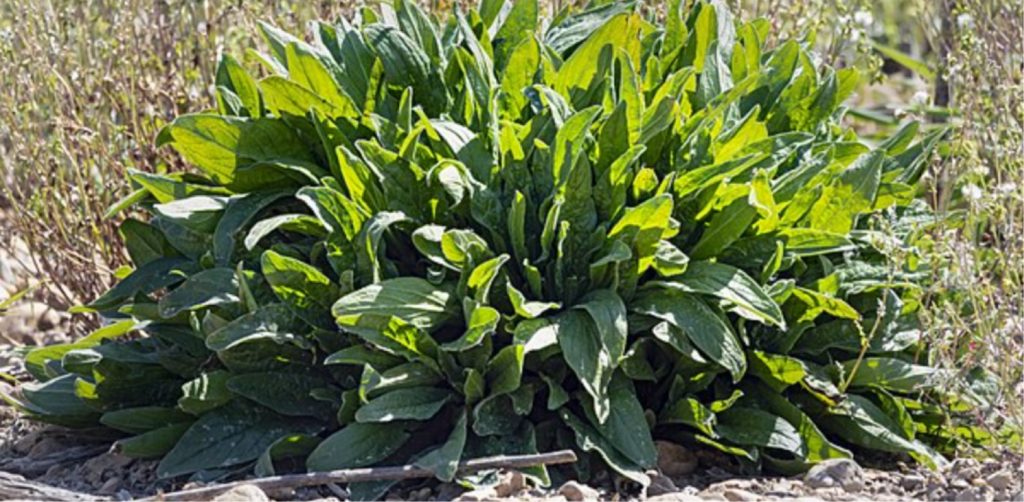
Sorrel is a perennial herb in the family Polygonaceae. The leaves are used in cooking and salads, and it is a common weed in lawns, fields, and gardens. It can grow to be quite tall—up to three feet—if not kept in check by hoeing or mowing it down.
Sorrel has heart-shaped or arrowhead-shaped leaves with serrated edges; they are usually smaller than 1 inch long. The flowers are small clusters of white petals that form at the top of the plant during summertime (late spring to early autumn).
The easiest way to identify sorrel is by its taste: if you taste a leaf while holding it between your front teeth and sucking on it like you would an apple slice (the way my mother taught me), then rinsing your mouth out afterwards because “that’s nasty!” then congratulations! You’ve identified one type of garden weed known as “sorrel.”
Toss a few of these weeds into your salad
It seems that as our lives get busier and more stressful, we tend to find ourselves eating less healthy food options on the go. This is especially true if we’re on a budget or have little time in which to cook; therefore, it’s important that we make sure what goes into our bodies stays there (and not in our trash cans). Another time we will talk about composting.
It’s important firstly that we prepare ourselves mentally by clearing out our kitchen counters– clean out your refrigerator by using any leftovers you may have in a soup.
If you’re looking for some interesting new additions to your salad, consider tossing a few of these nutritious weeds into your salad. After all, they are everywhere and often times free for the taking!
In Conclusion
So there you have it. These are seven of the best plants to eat in your backyard. Of course, there are many others that you can try out and enjoy as well! We hope that these tips will help you to grow healthier and happier in your home garden.



